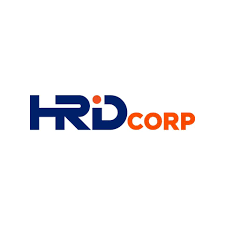
CHRA
You are considered as a subcontractor. Under the Occupational Safety & Health Act 1994, a subcontractor is considered as an employer. As an immediate employer you have to comply with the requirement of Occupational Safety and Health (Use and Standards of Exposure of Chemicals Hazardous to Health) Regulation 2000 (USECHH) including carrying out Chemical Hazardous Risk Assessment (CHRA).
Yes, Sulfuric Acid is a corrosive substance under Occupational Safety and Health (Classification, Packaging and Labelling of Hazardous Chemicals) Regulation 1997, (CPL) and listed under schedule 1 of USECHH regulations and therefore it considered as chemical hazardous to health. It's your duty to conduct CHRA even though it is used in small quantities.
Write officially to DOSH office for extension of compliance. It is advisable that the cost for Safety & Health activities (including CHRA) should be budgeted for as part of the business activity.
To be done immediately If
i. There has been a significant change in the work to which the assessment relates or
ii. Five years from the date as the last assessment or
iii. As directed by DG, DDG or Director of DOSH.














